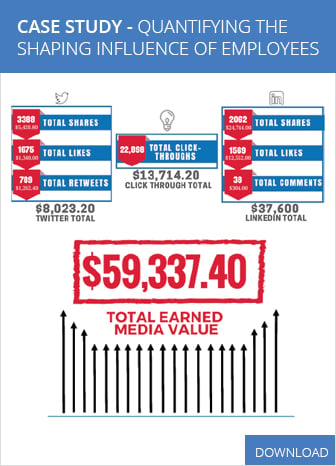Explosion in Senior Population and Demand for Self Service Driving Telehealth Growth
Customers are increasingly demanding self-service and other flexible options that give them more power within the customer service lifecycle. That mentality has carried over to the healthcare sector as well, and patients are eagerly embracing self-care and alternate options when it comes to handling routine medical testing and monitoring.
This phenomenon is expected to propel the U.S. market for telehealth to $2.8 billion by 2022, according to Grand View Research. The company cites the demand for self care and independent living combined with a growing geriatric population that is technologically savvy with the demand for alternative healthcare access.

Telehealth certainly delivers benefits in the form of convenience and accessibility, while cutting costs for healthcare organizations significantly. An aging population with routine but chronic ailments has led to the need for continuous home monitoring, an expensive proposition for healthcare organizations. Telehealth solutions handle much of this monitoring and management, routinely checking vital signs and enabling patients to communicate remotely with healthcare professionals. The result is a reduction of hospital visits along with re-hospitalization of patients, a win-win for both patients and healthcare providers.
The promise of telemedicine is broad, and solutions are being evaluated to meet a number of demands within the healthcare sector. Earlier this year, the Centers of Medicare and Medicaid Services (CMS) proposed a revision to the requirements for long-term care facilities to both improve quality of care as well as reduce procedural burdens on providers.
Telehealth solutions are being proposed to handle evaluations of patients to meet the requirements of the revision. Remote monitoring and diagnosis would both improve patient care while relieving the burden on already overworked staffs.
Telehealth solutions are also a great fit for small and rural communities that have limited access to specialized healthcare. The Iowa Clinic is one such organization, and the group recently deployed the VirtuMedix platform from TCS to provide secure and HIPAA-compliant telemedicine services to patients. The solution offers cloud-based video conferencing for evaluating injuries, diagnosing illnesses and responding to routine medical questions.
Chronic illnesses are placing a massive burden on our healthcare industry, and Type 1 Diabetes is particularly pervasive. Telehealth is a great match for monitoring and managing these types of problems, and video conferencing specialist Vidyo recently announced it was collaborating with the Barbara Davis Center for Diabetes in Colorado on a new clinical telemedicine program. The offering gives young diabetes patients and their families a means to interact with physicians through real-time video conferencing. The resulting consultations and support meetings are meant to reduce travel time for patients and ensure they are regularly being monitored.
These types of projects are expected to increase over the next few years as the telehealth market grows significantly. According to Grand View Research, the hardware segment will comprise more than 40 percent of the overall market by 2022, while the software segment will grow at a healthy 18 percent CAGR.
Edited by Erik Linask











